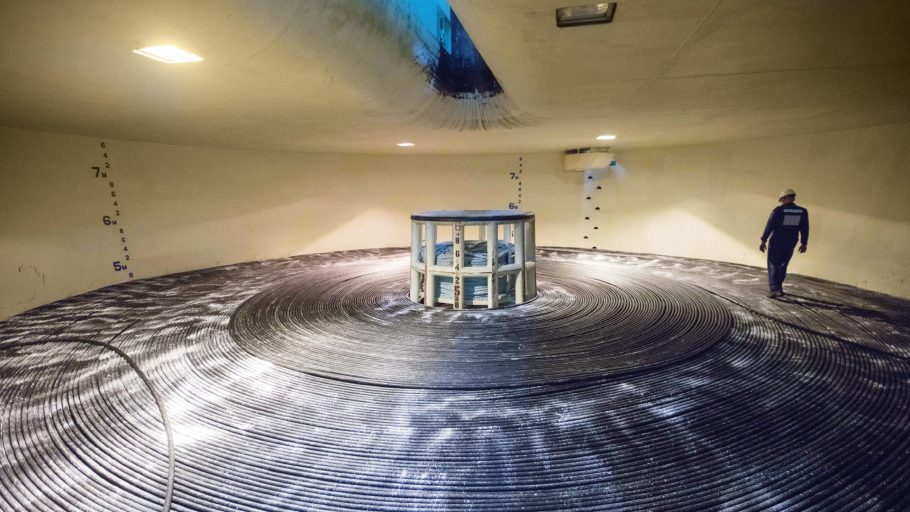What trends are you noticing developing in the subsea market at the moment?
The subsea market has grown over the past years exponentially with now over 150,000 km of cable proposed to be deployed within the next years and with further projects announced every month.
At this moment in time the OTT’s, Google, Facebook, Microsoft and Amazon are the biggest investors in this industry. New and future submarine cables will be built together with at least one OTT as a partner/co-investor. The normal Carrier/PTT Consortia is now a thing of the past (well almost). This has created a new peak within the industry, with new routes being constantly developed, new landing point locations selected and routing communication/data traffic to large data centre campuses. There is no current end in sight for this new build frenzy, but no analyst is able to provide a prediction for the years post 2020. However, more connectivity means more content and information flows to more regions, so an exponential increase in demand to adapt to the growing needs of consumers is driving new projects in this market.
Technology is also evolving much further and faster, with 400 Gigabit connections on the horizon, 16 fibre pair repeaters, modular design of landing stations and data centres, to only name a few.
Chinese cable manufacturers are gaining more market share, where others are being bought by equity firms, predicting perhaps a more uncertain future.
We might see further protectionism being applied by countries to avoid the upcoming dominance of Asian players in the market (as is currently happening in Australia).
Which locations are becoming key connectivity hubs? What are the up and coming locations?
The key connectivity hubs, which evolved in recent years in the EMEA region, are Marseille in France and Dublin in Ireland. However, with more trans-Atlantic connectivity coming online from the US, South America and Africa, other locations are moving in and with the focus to be the next interconnection points.
In Europe, Portugal will play an even more important role as further cables are planned to be landed here (e.g. Ellalink, WASACE-1, etc.). Bilbao in Spain was used by MAREA and TGN Western Europe – this could also attract further cables, if the terrestrial interconnection onwards to Marseille in France is established.
The region around Blaabjerg in Denmark is an uprising interconnection point as the new HAVFRUE/AEC-2 and North Sea Connect cables, as well as the submarine fibre optic cable from the COBRA cable (Interconnector between Denmark and The Netherlands) will all be landing here. CANTAT-3, TAT-14 and Danice are already in place in the region. Then of course we shouldn’t forget the ambition of Cinia in Finland to make Helsinki the Eastern Europe Connectivity hub (currently served by BCS North; Baltic Sea Submarine Cable; C-Lion 1; Eastern Light, FEC; EESF-2 and EESF-3) with planned connections to Asia, via the Arctic Circle (planned cable Arctic Connect). In Africa, two locations/countries are to be named here, South Africa and Djibouti.

In South Africa, cables like ACE, WACS, SAT-3, EASSy, SEACOM, SAFE are currently landing and interconnecting the region with Europe, Middle East and South East Asia.
In the future, cable systems like SAEx, SABR, METISS, IOX, Africa-1 are providing further connectivity directly to South America and the US as well as East Africa, India and the Indian Ocean Islands communities.
Djibouti in Africa is playing an increasingly significant role in the East of the continent, as all cables routing between South East Asia, Middle East, Africa and Europe are also landing in Djibouti. New cables like DARE, Africa-1 and PEACE will soon provide additional connectivity to this hub.

